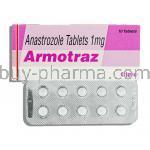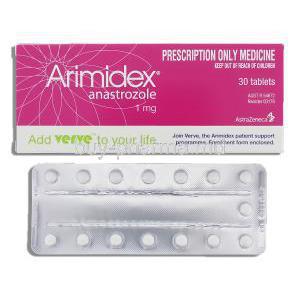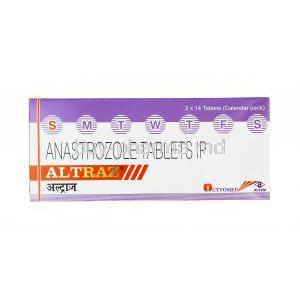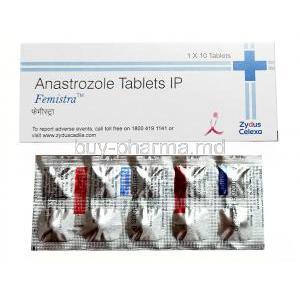Vincristine
- I. Introduction
- II. Uses
- III. Off-label Use
- IV. How It Works
- V. Dosage and Administration
- VI. Composition
- VII. Storage
- VIII. Interaction
- IX. Side Effects
- X. Common Side Effects
- XI. Warning
- XII. Contraindication
- XIII. Careful Administration
- XIV. Important Precautions
- XV. Administration to Specific Populations
- XVI. Over Dosage
- XVII. Handling Precautions
I. Introduction
Background of Vincristine
Vincristine is a potent vinca alkaloid derived from the plant (Vinca rosea). It was first isolated in the 1960s. Has since played a crucial role in the development of cancer treatments. Its discovery was a milestone that brought about a shift in how certain types of cancer are treated.
Importance in Modern Medicine
Modern medicine constantly advances; Vincristine has remained a reliable choice for various conditions. It has proven to be highly effective in treating types of cancer such as acute lymphoblastic leukemia, Hodgkin's lymphoma, and non-Hodgkin's lymphoma. Its importance is even more significant as it is often used alongside treatments to enhance effectiveness.
II. Uses
Primary Therapeutic Applications
Vincristine is a vinca alkaloid used to treat acute lymphoblastic leukemia (ALL), Hodgkin’s lymphoma, non-Hodgkin’s lymphomas, and rhabdomyosarcoma1. It is a powerful treatment for these types of cancers because it inhibits growth1. When combined with other drugs, it significantly improves the effectiveness of the treatment1.
Here are some references for further reading:
- Acute Lymphoblastic Leukemia (ALL) - Hematology and Oncology - MSD Manual Professional Edition
- Acute Lymphoblastic Leukemia (ALL): Symptoms, Treatment & Prognosis
- Improved outcome with pulses of vincristine and corticosteroids in …
- Treating T-Cell Non-Hodgkin Lymphoma | American Cancer Society
- Vincristine: Uses, Interactions, Mechanism of Action - DrugBank Online
Notable Case Studies and Clinical Trials
Over the years, many clinical trials have highlighted the effectiveness of Vincristine. A groundbreaking study conducted in the 1970s revealed its power in inducing remission for Acute Lymphoblastic Leukemia (ALL)1. Following trials using combination therapies, such as the regimen for Hodgkin’s disease, showed remarkable success rates leading to significant changes in treatment approaches2.
Here are the references for the content:
- Vincristine Sulfate - NCI - National Cancer Institute3
- Phase III Study of Vincristine Sulfate Liposome For Injection In Adults With Naïve Acute Lymphoblastic Leukemia - Full Text View - ClinicalTrials.gov4
- Phase II Clinical Trial of Camrelizumab Combined with AVD (Epirubicin, Vincristine and Dacarbazine) in the First-Line Treatment for Patients with Advanced Classical Hodgkin’s Lymphoma2
III. Off-label Use
Common Off-label Applications
Vincristine, although mainly used in cancer treatment, has also been applied off-label in nephrology for conditions such as Immune Thrombocytopenic Purpura (ITP) and Minimal Change Disease (MCD)1. While these applications are not widely known, they are supported by clinical experience.
Here are the references for the content:
- Vincristine Sulfate - NCI - National Cancer Institute2
- Phase III Study of Vincristine Sulfate Liposome For Injection In Adults With Naïve Acute Lymphoblastic Leukemia - Full Text View - ClinicalTrials.gov3
- Phase II Clinical Trial of Camrelizumab Combined with AVD (Epirubicin, Vincristine and Dacarbazine) in the First-Line Treatment for Patients with Advanced Classical Hodgkin’s Lymphoma4
Research Supporting Off-label Usage
Some research, although conducted on groups of people, has yielded promising outcomes. For example, patients with Immune Thrombocytopenic Purpura (ITP) have experienced significant increases in platelet levels after receiving Vincristine1. Likewise, individuals with steroid Minimal Change Disease (MCD) have seen improvements in their condition when Vincristine therapy is used alongside other treatments1.
Here are the references for the content:
Vincristine dosing, indications, interactions, adverse effects, and more - Medscape2
Phase III Study of Vincristine Sulfate Liposome For Injection In Adults With Naïve Acute Lymphoblastic Leukemia - Full-Text View - ClinicalTrials.gov3
Phase II Clinical Trial of Camrelizumab Combined with AVD (Epirubicin, Vincristine, and Dacarbazine) in the First-Line Treatment for Patients with Advanced Classical Hodgkin’s Lymphoma4
Legal and Ethical Implications
Prescribing medication for off-label use can be pretty complicated, although at the doctor's discretion. It is crucial to inform patients that the prescription is off-label, along with any potential risks and alternative treatments available. Additionally, it is essential to consistently monitor and adhere to guidelines to prioritize patient safety.
IV. How It Works
Mechanism of Action
Vincristine works by blocking the formation of the spindle during metaphase, which hinders cell division. It does this by binding to tubulin and preventing microtubule elongation, ultimately halting the cell cycle.
Cellular and Molecular Interactions
At a level, Vincristine disrupts the formation of microtubules by interacting with beta-tubulin. As a result, critical cellular activities, such as transport and chromosomal separation, during mitosis are disrupted, ultimately leading to programmed cell death.
V. Dosage and Administration
Standard Dosages for Different Conditions
The dosage amounts may differ depending on the type of malignancy, the patient's age, and overall health. As a guideline, the recommended dosage for acute lymphoblastic leukemia (ALL) is 1.5 mg/m2. For lymphomas, it is typically 1.4 mg/m2. Monitoring and making necessary adjustments are crucial to ensure optimal therapeutic results.
Route of Administration
Vincristine is given through a vein either as an injection or slowly over a few minutes. It is not recommended to administer it into the spinal cord due to the risk of causing nerve damage.
Adjustments for Specific Populations
It may be necessary to lower the dosage in groups such as older adults or individuals with liver problems. Additionally, it is essential to monitor and prevent any potential harmful effects.
VI. Composition
Chemical Structure and Properties
Vincristine possesses alkaloid components within its complex molecular structure, contributing to its anti-cancer properties. This compound easily dissolves in water. Displays a distinct crystal-like appearance.
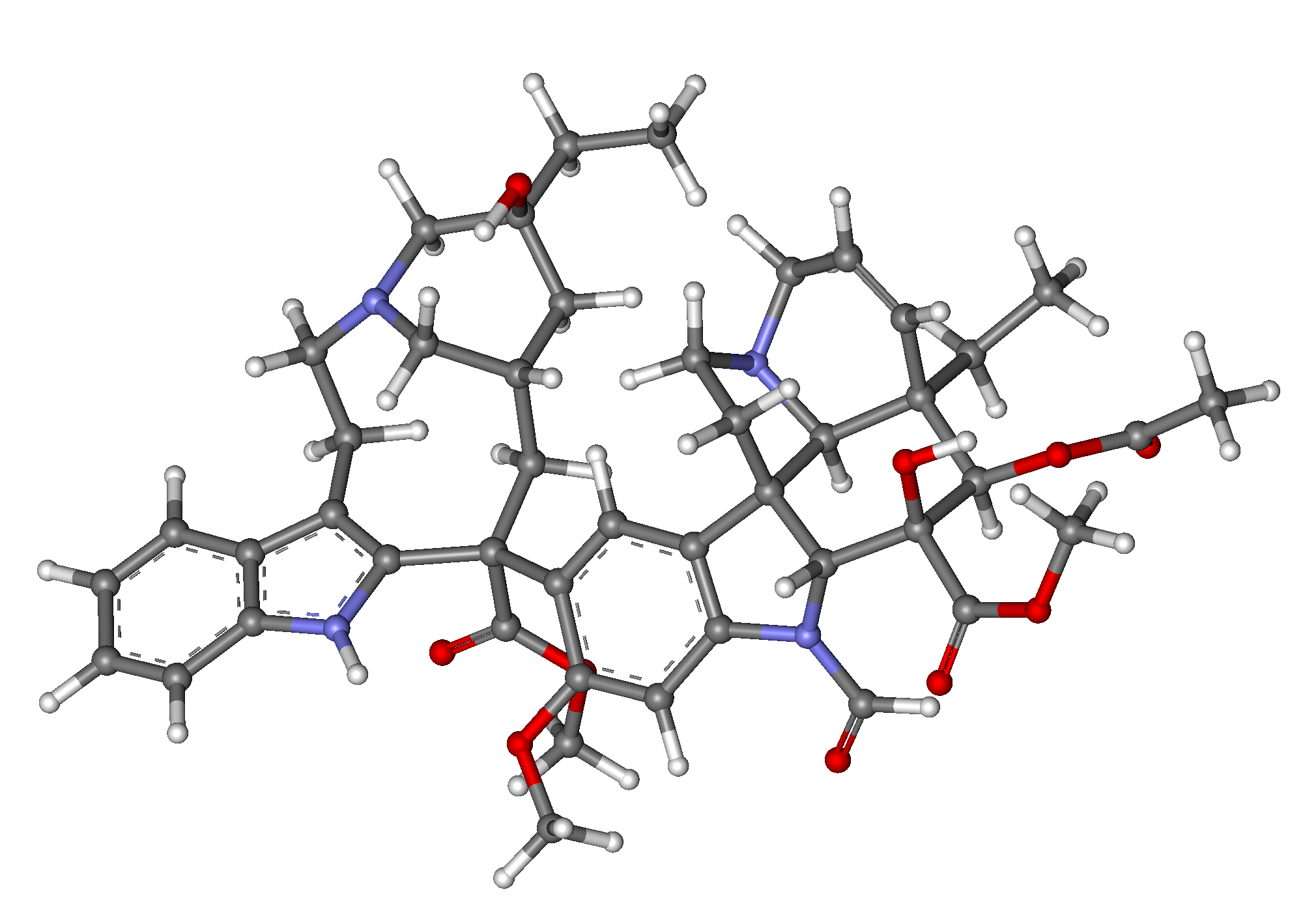
Active and Inactive Ingredients
The main ingredient found in this medication is Vincristine sulfate. Other substances such, as mannitol and sodium acetate are commonly used as stabilizers and buffers to maintain the formulation's effectiveness.
VII. Storage
Optimal Storage Conditions
Keep the solution stored at a temperature range of 20°C to 25°C. Please protect it from exposure to light. It is not advisable to refrigerate it as this may cause the active ingredient to separate and affect the solution's effectiveness.
Shelf Life and Expiration Considerations
Unopened vials maintain their potency until the expiration date indicated. However, once opened, it is recommended to use them within 24 hours to ensure their effectiveness and safety.
VIII. Interaction
Drugs and Medications that Affect Vincristine Efficacy
Taking Vincristine along with medications such as itraconazole or phenytoin could potentially affect its pharmacokinetics. This may require dosage changes or close monitoring.
Possible Adverse Reactions with Other Treatments
Combining drugs, such as cisplatin, increases the chances of developing peripheral neuropathy. Moreover, if live vaccines are administered concurrently, the response may weaken.
IX. Side Effects
Overview of Potential Side Effects
Although Vincristine is effective, it does come with some side effects. These can vary from hair loss to more severe ones, like neuropathies and myelosuppression.
Differentiating Between Common and Rare Side Effects
Common side effects may include hair loss, nausea, and decreased blood cell count. Although less common, there are also seizures, paralysis of the intestines, and severe allergic reactions. Identifying and addressing these symptoms is essential to prevent further complications.
X. Common Side Effects
Frequency and Severity
Vincristine, similar to chemotherapy drugs, can cause various side effects. Some experienced ones include neuropathic pain, hair loss, gastrointestinal issues, and reduced white blood cell count (neutropenia). While these common effects usually appear mildly, they may become more noticeable with prolonged treatment.
Management and Mitigation Strategies
Managing effectively requires an approach. Medications like gabapentin can help alleviate pain. Regarding problems, antiemetics or prokinetic agents can be beneficial. Keeping an eye on blood parameters helps prevent complications related to neutropenia.
XI. Warning
Situations Where Vincristine Should be Used with Caution
In some situations, caution is required when administering Vincristine: 1. If the patient has preexisting neuropathies. 2. When the patient is on therapy, that may interact with Vincristine. 3. If the patient has liver disorders. It's essential to be mindful of these factors when considering Vincristine administration.
Signs of Adverse Reactions and Next Steps
If you experience pain in your abdomen, long-lasting difficulty with bowel movements, unexplained bleeding, or sudden sensory changes, it's essential to seek medical help immediately. These symptoms could indicate adverse reactions. Prompt medical interventions, such as adjusting medication dosages or providing treatments, can often help minimize potential complications.
XII. Contraindication
Conditions or Situations Where Vincristine Shouldn't Be Used
Vincristine should not be used in patients with Charcot Marie Tooth syndrome because it can worsen neuropathy moreover, if someone has had a reaction, to Vincristine before, they should not use it again.
Alternative Treatments and Therapies
If Vincristine is not suitable other chemotherapy drugs or biological treatments could be considered based on the type and stage of the cancer. It's essential to consult with oncologists to create a treatment plan.
XIII. Careful Administration
Monitoring Parameters During Treatment
Continual monitoring is crucial. It involves assessing functions analyzing blood profiles, and conducting liver function tests.
Adjustments Based on Patient Response
Sometimes if patients aren't responding well to the treatment or experiencing side effects, it may be necessary to adjust the dosage or even stop the treatment altogether. Regular checkups help in making these decisions.
XIV. Important Precautions
Before Starting Treatment: What Patients Should Know
Before starting Vincristine treatment, patients should be informed about side effects, the need for regular monitoring, and any necessary adjustments to their diet or lifestyle.
During Treatment: Monitoring and Reporting Concerns
Patients need to stay alert and proactive. It's essential to report any symptoms, no matter how small they may appear, as this can help prevent more severe complications. Regular checkups are essential for ensuring the treatment plans and outcomes.
XV. Administration to Specific Populations
a. Administration to the Elderly
Adjustments and Special Considerations
Due to the changes in older individuals, it may be necessary to adjust their medication dosage. The reduced liver or kidney function, which is expected, in this age group, can affect how Vincristine is processed and eliminated from the body.
Potential Risks and Benefits
Although Vincristine has advantages, it is essential to note that the elderly population may experience increased toxicities, particularly neuropathies. Therefore finding the balance between effectiveness and safety becomes crucial.
b. Administration to Pregnant Women and Nursing Mothers
Known Effects on Fetus and Infants
Vincristine is considered a substance that can cause birth defects. If a pregnant person is exposed to it, there is a risk of abnormalities or, in some cases, miscarriage. It's also not recommended to breastfeed while taking Vincristine as it could expose the newborn to the medication.
Recommendations and Alternatives
If it is possible, it might be an idea to delay Vincristine treatment until after giving birth or explore other medications that are considered safe during breastfeeding. Making decisions with obstetricians and oncologists can help ensure the best outcomes for the mother and baby.
c. Administration to Children
Pediatric Dosages and Safety Profile
Regarding children, it's essential to consider their characteristics in terms of how medications are metabolized. Specific dosing schedules are required to ensure effectiveness. We also need to be careful and watch out for possible side effects that could affect their growth or lead to neuropathies later.
Long-term Impact and Considerations
While Vincristine plays a role in the success stories of pediatric oncology, it is essential to address concerns about potential long-term effects, such as fertility issues or disturbances in the endocrine system. These aspects deserve attention during follow-up examinations.
XVI. Over Dosage
Recognizing Symptoms of Overdose
Symptoms such as suppression of bone marrow function, severe neurological disruptions, or acute gastrointestinal problems could indicate an overdose.

Immediate Actions and Management
It is crucial to admit the patient to the hospital, provide necessary care and support, and administer specific antidotal therapy when needed. Continuous monitoring is vital to prevent any life-threatening complications.
XVII. Handling Precautions
Safe Handling and Disposal
Vincristine is a substance that requires careful handling. It's essential to use protective equipment, such as gloves. When disposing of it, make sure to follow the guidelines to ensure safety.
Preventing Accidental Exposure
To minimize exposures, it is essential to use designated areas for drug preparation, employ closed system transfer devices, and provide continuous training to staff. Additionally, it is crucial to have decontamination measures in place in case of accidental spills.
















